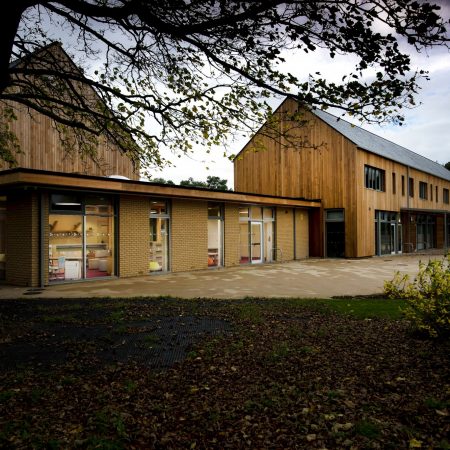Clever Classrooms The Crucial Steppingstone to Quality Learning Environments
Caroline Compton-James, Public Sector Director of Osborne Construction, shares her thoughts on how clever classrooms can create optimum learning environments for students.
The concept of clever classrooms has become a hot topic in education in recent years, with studies showing that differences in the physical design of a classroom explain some 16% of the variation in the learning progress of the pupils using those spaces.
More than 90% of teachers surveyed said that good school buildings were crucial to improving children’s learning and behaviour. Almost half said their current school buildings were too small for the number of pupils, and a quarter rated the buildings as poor or very poor. Meanwhile, the UK’s Prime Minister has set out a transformative ten-year building programme for schools across England, supported by over £1 billion in funding.
Caroline outlines the five areas where using intelligent classroom design have been shown to have the most impact:
- Daylight should be maximised, but glare should be cut down. Although natural daylight should always be the main source of lighting in schools, it will need to be supplemented by electric light when the available daylight fades, especially in the UK. Good lighting has been shown to significantly influence reading, vocabulary, and science test scores.
- Ventilation is crucial, a typical classroom with 30 children in it has been shown to develop poor air quality within 30 minutes if no fresh air is introduced. Poor air quality makes pupils drowsy and is not a good basis for learning.
- Classroom space needs to be cool but comfortable. In practical terms, a combination of blinds and ventilation is ideal: internal blinds alone are used too late in the process, after the heat has passed through the glass of the windows, so external shading is the answer.
- A classroom with defined learning zones, suited to the pupils’ stage of development, assists learning. Younger children need a range of zones for more play-based learning, and older children benefit from bigger and simpler spaces for a more formal learning environment.
- The acoustic environment of schools and classrooms is a critical factor in the academic as well as social achievement of children. The general aim is to provide good quality conditions for the production and the reception of desirable sounds. Comfortable and clear auditory perception, along with freedom from background noise not only improves communication, but also promotes working and learning efficiency.
The Osborne InForm standardised component-based school solution using SIP panels are particularly suited to education building projects because they deliver an ideal combination of efficiency through inherent acoustic and thermal characteristics with the flexibility to create the most effective mix of light, space, and ventilation for a productive learning environment.
For more information on how the InForm School Solution adopting lower carbon design facilitated by offsite MMC can create clever classrooms, please visit our website or contact Caroline Compton-James – [email protected]

